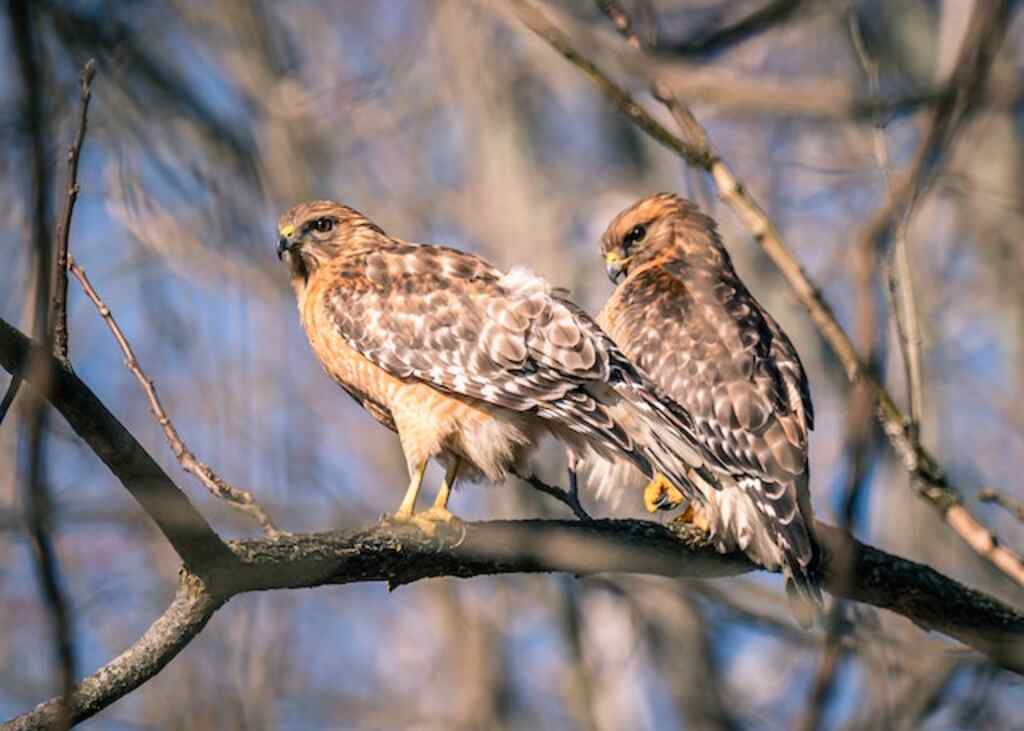Hawks are some of the most magnificent birds of prey found in North America. With a wingspan of up to 4 feet, they are known for their incredible eyesight and agility in the air.
These birds have a varied diet that is primarily made up of rodents, snakes, and smaller birds. However, hawks have also been known to eat insects, fish, and even spiders.
Understanding a hawk’s diet can give us insight into their behavior and ecosystem roles. In this article, we will explore the question “Do hawks eat spiders?” and provide a detailed overview of hawks’ diets.
Table of Contents
- 1 Explanation of Hawks and Their Diet
- 2 Brief Overview of Spider Consumption by Hawks
- 3 The Hawk’s Diet
- 4 Spider Consumption by Hawks
- 5 Benefits of Eating Spiders for Hawks
- 6 Interesting Facts about Hawks and Spiders
- 7 Conclusion
- 8 FAQs: Do Hawks Eat Spiders?
- 8.1 What is a hawk’s diet?
- 8.2 Are spiders a significant part of a hawk’s diet?
- 8.3 Which types of spiders do hawks eat?
- 8.4 How do hawks catch and eat spiders?
- 8.5 Why do hawks eat spiders?
- 8.6 Do all hawk species eat spiders?
- 8.7 Are spiders nutritionally beneficial for hawks?
- 8.8 Do hawks compete with other birds for spider prey?
- 8.9 Do hawks impact spider populations?
- 8.10 What is the role of hawks in the ecosystem?
- 9 Author
Explanation of Hawks and Their Diet
Hawks belong to the family Accipitridae, which also includes eagles and kites. There are over 30 species of hawks in North America alone, with each species having its own unique physical characteristics, behaviors, and diets. Most hawks are apex predators that hunt during the daytime.
They use their sharp talons to grab prey on the ground or in mid-air. Some species such as red-tailed hawks also use their strong beaks to rip apart larger prey.
Hawk’s diet varies depending on its location and habitat. In general, however, they primarily feed on small mammals such as mice or voles but may also feed on reptiles like snakes or lizards.
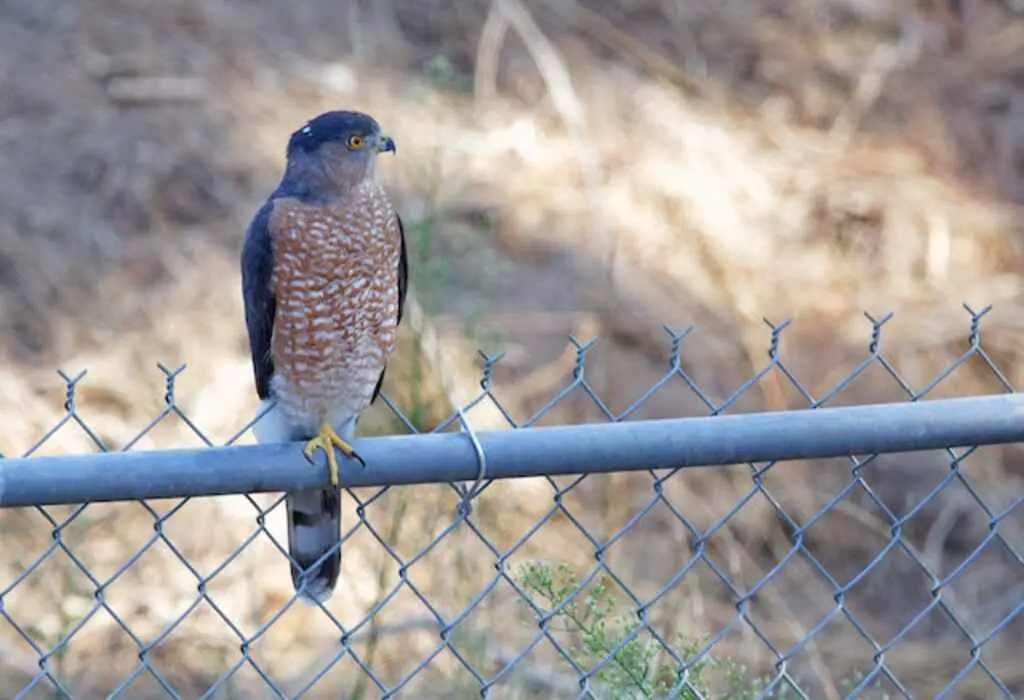
Brief Overview of Spider Consumption by Hawks
While not a staple in their diet by any means, some species of hawk do consume spiders when other food sources are scarce.
Red-tailed hawks have been observed catching orb-weaver spiders by swooping down quickly from above, while other species like Cooper’s hawks may catch wolf spiders on the ground using quick attacks or rapid movements.
Despite being relatively small compared to other prey, spiders do provide hawks with protein and other nutrients that aid in their development and survival.
As such, these birds will consume them if they are readily available. In the next section of the article, we will take a more detailed look at the types of spiders that hawks consume and their hunting methods.
The Hawk’s Diet
Types of Prey Hawks Consume
Hawks are birds of prey that hunt and consume a variety of animals. Their diet primarily consists of small mammals, birds, reptiles, and insects.
Some species of hawks are known to specialize in consuming certain types of prey, while others have a more diverse diet.
For example, the red-tailed hawk is known for hunting rodents such as mice and voles. The Cooper’s hawk prefers to eat birds such as mourning doves and quail.
In addition to their more common prey items, hawks have been known to consume a range of other animals including snakes, frogs, fish, and even other raptors.
However, these items make up only a small portion of their overall diet.
How Hawks Hunt and Capture Prey
Hawks are skilled predators that use a variety of techniques to hunt and capture their prey. They use their keen eyesight to spot potential targets from great distances.
Once they’ve spotted their prey, they quickly dive towards it at high speeds with their powerful talons outstretched.
Some species of hawks also hunt by sitting on a perch or soaring overhead until they see an opportunity to attack.
This technique is often used by the northern harrier hawk, which preys on small mammals such as voles.
Hawks are also known for using surprise attacks when hunting in densely forested areas where visibility is limited.
They take advantage of natural cover such as trees or boulders to conceal themselves before swooping down on unsuspecting prey.
Some species like the red-shouldered hawk will hunt cooperatively in pairs or groups to capture larger prey items like rabbits or groundhogs.
Overall, hawks have an impressive range of tactics that allow them to catch a wide variety of creatures both big and small.
Understanding how they hunt and what they eat is important for appreciating their role in the ecosystem.
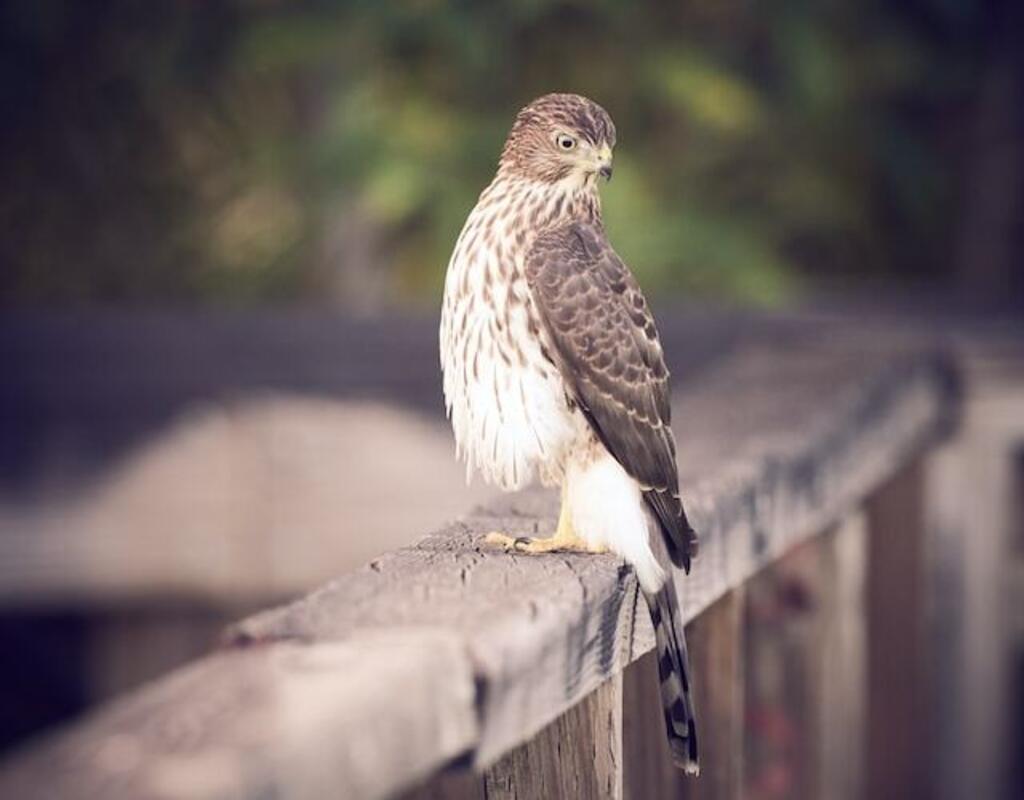
Spider Consumption by Hawks
Do hawks eat spiders?
Yes, hawks do eat spiders. Hawks are opportunistic predators and their diet consists of various prey, including spiders. While they primarily feed on small mammals, birds, and reptiles, they also consume insects and arachnids like spiders.
Spiders provide a valuable source of nutrition for hawks, contributing to their diverse diet and overall ecological balance.
Types of spiders consumed by hawks
While hawks are known to prey on a variety of animals, including small mammals, birds, and reptiles, they are also known to eat certain types of spiders.
The most commonly consumed spiders by hawks include wolf spiders, orb-weaver spiders, and jumping spiders.
These spider species are found in habitats that overlap with hawk territories, such as grasslands and woodlands.
Wolf spiders are one of the largest types of spider consumed by hawks. They are typically ground-dwelling hunters that do not build webs but rather actively hunt for their prey.
Orb-weaver spiders, on the other hand, construct intricate webs in open spaces such as meadows or forest clearings to trap insects for food.
Jumping spiders have excellent eyesight and can leap several times their body length, making them difficult prey for many animals.
How hawks catch and eat spiders
Hawks use their sharp talons to catch and kill their prey, including various types of insects like grasshoppers or dragonflies.
Spiders may be caught in midair while they are jumping or gliding on silk threads from trees or other high points.
Once caught, the hawk will use its beak to kill the spider before devouring it.
However, unlike other prey that can be easily swallowed whole by a hawk due to their size relative to the bird’s body mass, hawks often take smaller bites when eating a spider due to its hard exoskeleton.
This allows them to break down the spider more easily before consuming it.
In order for a hawk’s digestive system to properly break down the tough exoskeletons of these arachnids, they crush them with their beak before eating them whole.
As with any animal in nature, there is always competition over resources, including food sources.
Studies have shown that some birds, such as the American kestrel and the eastern screech-owl, may compete with hawks for spider prey.
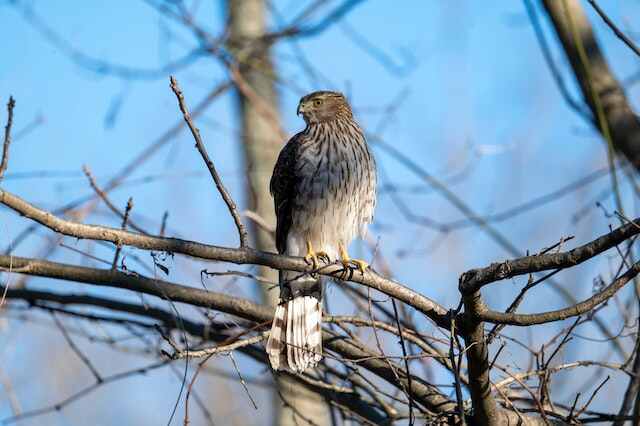
Benefits of Eating Spiders for Hawks
Nutritional value of spiders
Spiders may seem like an unusual choice for a bird of prey, but they actually provide a number of benefits for hawks.
For starters, spiders are a great source of protein. Protein is essential for muscle growth and repair, and it also helps to keep hawks’ feathers healthy and strong.
Spiders are also high in other key nutrients like iron, magnesium, and zinc. In addition to being nutritious, spiders are relatively easy to catch compared to some other prey items.
This means that hawks can spend less energy hunting and more time resting or looking for other food sources.
This is especially important during the breeding season, when hawks need to conserve their energy for courtship displays and nest-building.
Importance of a varied diet for hawks
While spiders can be a valuable addition to a hawk’s diet, it’s important for them to consume a variety of prey items in order to maintain optimal health.
By eating different types of animals, hawks can ensure that they’re getting all the necessary nutrients they need. It also reduces the risk of developing nutritional deficiencies or imbalances.
A varied diet can also help prevent disease in wild populations by reducing the spread of pathogens between individuals.
For example, if all the hawks in an area were eating the same type of animal exclusively and that animal was carrying disease-carrying parasites or bacteria, then that disease could quickly spread throughout the entire population.
By consuming different types of prey items, however, each hawk is exposed to different pathogens, which helps reduce this risk.
Overall, while spiders may not be the first thing that comes to mind when thinking about what birds eat – it’s clear from their nutritional value and ease-of-capture – that they are an important part of many hawk’s diets.
Hawks and the ecosystem
Another important point to consider when thinking about the benefits of hawks eating spiders is their impact on the larger ecosystem.
Hawks help to control spider populations by consuming them, which in turn can prevent spider overpopulation and damage to crops or other plant life.
Additionally, hawks are apex predators that play a critical role in maintaining balance within their respective ecosystems.
While it may seem strange at first, hawks do indeed eat spiders! In fact, including spiders as part of their diet provides a number of nutritional benefits and helps to keep hawks healthy and strong.
It’s also important for them to consume a variety of prey items to maintain optimal health and prevent disease from spreading throughout the population.
And let’s not forget that hawks are an integral part of their respective ecosystems – helping to keep populations in check and maintain balance throughout nature.
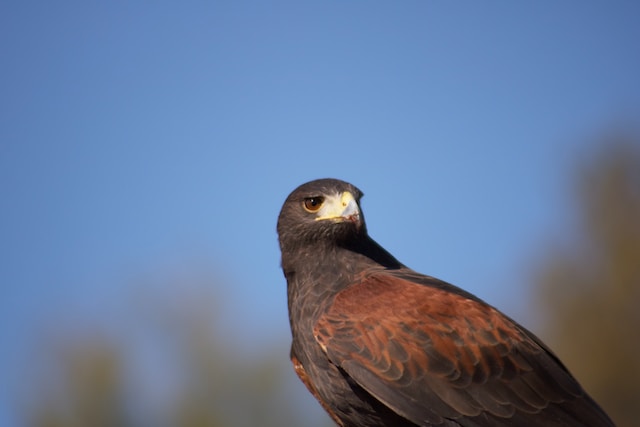
Interesting Facts about Hawks and Spiders
Hawks, being a top predator in their ecosystem, are known to have a significant impact on the populations of their prey. However, the relationship between hawks and spiders is not as straightforward.
While hawks do consume spiders as part of their diet, it is not clear how much of an impact they have on spider populations.
This is because hawks are not known to actively hunt spiders, but rather consume them opportunistically when they come across them while hunting for other prey.
One interesting fact about the relationship between hawks and spiders is that some species of hawks use spider webs to build their nests.
Cooper’s Hawks, Sharp-shinned Hawks, and other small species often use spider silk in their nest-building process because it provides excellent support for the structure of the nest.
Additionally, some species of hawks will even decorate their nests with pieces of spider silk.
Relationship Between Hawk and Spider Populations
Despite consuming spiders as part of their diet and occasionally using spider silk in nest-building processes, there is little research available regarding the impact that hawk populations have on spider populations.
Some studies suggest that by consuming large numbers of insects – many of which are predators or competitors with spiders – hawks may indirectly benefit spider populations by reducing competition for resources.
On the other hand, it’s possible that if hawk populations were to increase significantly in areas where there are already high numbers of predatory birds or mammals feeding on insect prey (including spiders), this could lead to a decrease in overall spider populations due to increased predation pressures.
In general, though, it’s important to remember that hyper-specialization within ecosystems can be complex; there may be both positive and negative effects associated with any given predator-prey relationship depending on factors such as population density, climate variability, resource availability etc.
Other Animals That Eat Spiders
While hawks are undoubtedly one of the more well-known predators of spiders, they are by no means the only animals that consume these eight-legged creatures.
Many bird species, for example, will add spiders to their diets when other prey is scarce. This includes species such as finches and warblers, which may eat small spiders or spider eggs.
Other animals that have been known to consume spiders include some reptiles (such as certain gecko species), amphibians (such as frogs and toads), and mammals (such as bats).
In general, it’s difficult to say exactly how much of a role any given predator plays in regulating spider populations, but it’s clear that many different types of animals contribute to keeping these arachnids in check.

Conclusion
A Recap on the Topic
Throughout this article, we have explored the diet of hawks and specifically their consumption of spiders. We learned that while hawks typically feed on small mammals, birds, and reptiles, they do occasionally eat spiders as well.
Hawks are skilled hunters who use their speed and agility to catch prey in mid-air or on the ground. They have sharp talons and beaks that allow them to efficiently kill and consume their prey.
We also discussed the types of spiders that hawks eat, including wolf spiders, orb-weavers, and jumping spiders.
We learned that hawks typically only eat spiders when other sources of food are scarce or when they need a more varied diet to meet their nutritional needs.
Final Thoughts on the Importance of Understanding a Hawk’s Diet
Understanding a hawk’s diet is essential for several reasons. First, it helps us understand how these magnificent birds fit into our ecosystem.
Hawks play an important role in controlling populations of small mammals and birds, which can become overpopulated without natural predators like hawks.
Secondly, by understanding what foods are most important for hawks, we can take steps to protect their habitats and ensure that they have access to enough food to survive.
This includes protecting areas where small mammals like mice and voles live, as well as areas with healthy spider populations.
Understanding a hawk’s diet can help us appreciate these incredible animals even more.
By learning about how they hunt and what they eat, we can gain a deeper understanding of how nature works as a whole.
While it may seem strange for such powerful predators as hawks to eat something as small as spiders from time to time, it is all part of the delicate balance of nature.
By taking steps to protect our ecosystems and appreciate the amazing creatures that inhabit them – including hawks – we can help ensure that our planet remains a healthy and vibrant place for all living things.
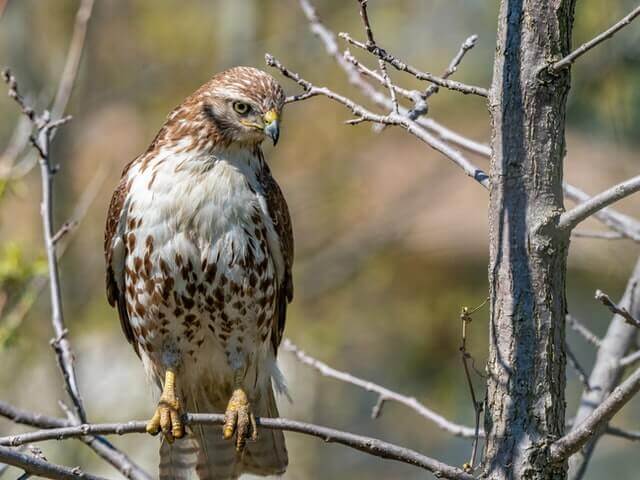
FAQs: Do Hawks Eat Spiders?
What is a hawk’s diet?
Hawks primarily feed on small mammals, birds, and reptiles, but they also eat insects and spiders.
Are spiders a significant part of a hawk’s diet?
Spiders are not a staple in a hawk’s diet, but can be consumed when other food sources are scarce.
Which types of spiders do hawks eat?
Hawks commonly consume spider species such as wolf spiders, orb-weaver spiders, and jumping spiders.
How do hawks catch and eat spiders?
Hawks use their sharp talons to catch spiders in mid-air or on the ground, then kill and consume them.
Why do hawks eat spiders?
Spiders provide hawks with protein, nutrients, and a relatively easy food source when other prey is limited.
Do all hawk species eat spiders?
While not all species consume spiders, some hawks incorporate spiders into their diet based on availability.
Are spiders nutritionally beneficial for hawks?
Yes, spiders offer nutritional benefits like protein, iron, magnesium, and zinc to support a hawk’s health.
Do hawks compete with other birds for spider prey?
Certain bird species may compete with hawks for spider prey, but the extent of competition varies.
Do hawks impact spider populations?
The impact of hawks on spider populations is not well-researched, as hawks opportunistically consume spiders.
What is the role of hawks in the ecosystem?
Hawks help control spider populations, maintain ecological balance, and regulate prey populations in their ecosystems.

